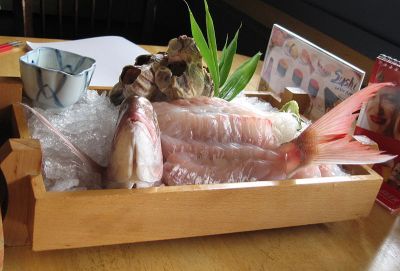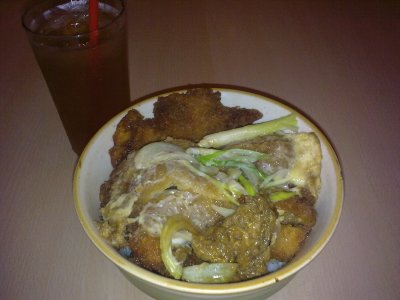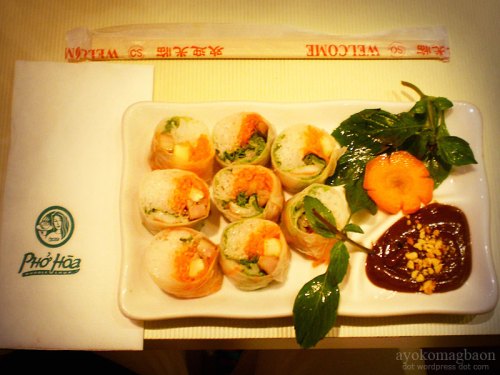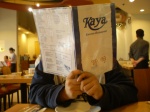The word okonomiyaki literally means “cook what you like”. In Japan, the okonomiyaki is associated with two regions: namely Osaka and Hiroshima. And with that, these two regions have different styles. But basically, it’s just made from a mixture of cabbage, batter, meat, eggs, and veggies. But then, they didn’t call it “cook what you like” if you couldn’t add any personal touches to the damn thing. Anyway, you could also add noodles, chicken, cheese, potatoes, octopus, squid, shrimp, leftovers, whatever. As long as it tastes good (at least for you), then that’s alright.
Okay, since I’ve already started to talk about this thing, I guess it’s my responsibility to at least teach you how to make one. So get your cooking hat on and heat up your griddle, coz we’re makin’ an okonomiyaki.
Note: I suggest you make this on a weekend, given that this recipe could take a bit of time (especially for first-timers). In any case, let’s start.
First of all, you’d need this:
Okonomiyaki (Serves 1)
Main Ingredients:
A cup of shredded cabbage
One small-sized egg
A couple of tablespoons of water (or broth) (or milk)
A couple of tablespoons of pancake batter (I ain’t got time to do the whole batter shit thing)
A few slices of bacon, or ham, or chopped leftover meat (such as bbqs, roasted meat, etc.)
A dash of salt and pepper to taste
Add-ons:
2 tablespoons of chopped green onion
Some yakisoba noodles
Seaweed flakes and dried shredded meat (condiments)
shredded carrots
The sauce:
1 part worcestershire sauce
2 parts ketchup
a dash of soy sauce
1. Once you’ve scrounged up all that you want to add in your pancake, here’s what you do next. In a medium-sized bowl, combine the pancake batter and water (it’s better if you follow the batter’s instructions, but in my case, I have a significantly higher batter/water ratio). Mix until the batter is free of lumps.
2. After that’s over, start adding in the cabbage, ham, and all the add-ons you can think of in the batter. Mix well.
3. Then, heat up your iron griddle, skillet, frying pan, or omelette pan. Then brush some canola oil on it, and when it gets hot enough, pour in the okonomiyaki mixture. Pretend that you’re making pancakes and fry that nasty son of a bitch for 5-8 minutes.
4. When bubbles start to form (or you start smelling burnt pancake), make a little hole in the middle of the okonomiyaki and crack an egg over it. Then, flip the damn thing over. Okay, don’t worry about the egg breaking off–coz that’s alright. Fry for another 5 minutes on medium-to-low heat.
5. When you start smelling burnt pancakes or eggs again, it’s about time you plate that tasty bastard. So go ahead and grab one and place it on a nice, white plate.
6. Now it’s time to make the sauce. Just mix the worcestershire and ketchup together and that’s it. After doing so, pour it on top of the okonomiyaki. If you want, you can add some mayonnaise (but that’s too fattening).
7. Then, sprinkle some benito and/or seaweed flakes or some shredded meat.
And voila, that’s what you call an Okonomiyaki. For optimum results, serve to your girlfriend… naked.

.jpg)









